Attracting and retaining the best talent has continued to be one of the biggest challenges facing employers this year. So what matters to employees? Research shows much support for firms to renew their focus on health and wellness, areas that also happen to be central to most new year’s resolutions.
Globally
Last year, in their annual global study into talent trends, consulting firm Mercer identified more than half (53%) of employees surveyed want their company to focus more on their health and wellness and (56%) want them to offer more flexible work options. Health was a key priority for two-thirds (61%) of respondents. Health and wellness was also a factor in employees’ decisions to work for a particular company. When asked ‘what would make you work for one company over another’, 17% of employees surveyed cited fitness facilities and another 12%, well-being services.
In Australia
Research identifies similar trends in Australia. The 2016 MetLife Employee Benefits Trends Study showed that Australian workers prioritise a healthy work-life balance and prefer employers who offer health and wellness benefits that enhance their physical and mental wellbeing. Indeed, reducing work stress was the second most important motivator (31%) after salary for employees seeking a new job. However, while wellness programs (56%) are amongst the most popular benefits offered by employers, the MetLife (2016) study found employee satisfaction with benefits is relatively low. In particular, only 33% of employees were fully satisfied with the wellness programs on offer.
The study also revealed a misalignment of benefits offered by employers and those desired by employees. Specifically, the study found that four out of the top five health concerns for employees are mental health related (i.e. work-life balance, depression and anxiety, stress and lack of sleep), and that 84% of Australian workers worry about their emotional wellbeing. Yet, despite these concerns, the study showed that Australian employers focus their benefits programs on their employees’ physical health.
While firms may be reluctant to broaden their health and wellness programs because of costs, the MetLife research indicated that employees are open to sharing the cost of benefits for those they deem valuable. The study found that almost two-thirds (62%) of employees surveyed would split the cost for health and wellness programs.
The types of benefits employees will invest in, also vary with age. Employees aged 31-40 years old were found to be much more likely to pay for health and wellness programs for example, whereas employees 51-60 years old, were identified as more likely to pay for health insurance.
The Australian legal profession
Within the Australian legal profession, flexible work practices that enhance health and wellness by reducing stress and improving work-life balance have also been found important to employees, The Law Council of Australia National Attrition and Re-engagement (NARS) study of 4000 legal professionals, identified firms’ support of flexible work practices and better work-life balance as drivers of employee retention and attrition. The research found that those who had left the legal profession entirely were motivated by prospects of better work-life balance, more flexibility and reduced stress. Women who no longer practise as lawyers reflected that the pressure, stress and poor work/life balance are unsustainable and ‘incompatible’ with other priorities. In presenting options for change to the industry, the study highlighted the need for firms to provide and support flexible work practices and facilitate better work-life balance.
Employees’ health and wellness outcomes for firms
The value to firms from improving their employees’ health and wellness benefits is substantial:
- Decreased costs, increased profits and better use of resources
First, investing in health and wellness to attract and retain staff can help lower costs associated with staff turnover and recruitment, as well as those incurred with workplace injuries. Reducing injuries through wellness programs was cited by employers as the second of five top outcomes in the Metlife study. For firms, reduced costs translate to increased profits. Importantly, the resources otherwise invested in attraction and retention can also be redeployed to better servicing clients.
- Increased staff morale and productivity
“If you look after your staff, they will look after your customers. It’s that simple” – Richard Branson
Improved health and wellness benefits can also result in greater employee positivity about their work and generate greater productivity. The Metlife (2016) study showed improving employee health can influence their positive emotions towards working. Respondents who felt they were in excellent or very good health expressed much higher feelings of positivity. Since positive employees are more emotionally invested, they will enhance a firm’s revenue and reputation by better servicing their clients.
Differentiate – be an employer of choice
Finally, health and wellness programs enhance a firm’s employee value proposition to attract and retain key staff by distinguishing them as an employer of choice. Motivated and engaged employees are also a firm’s best advocate, and will generate new client referrals or attract other talented employees by recommending the firm to others as an exciting place to work.
Communication
While the value to firms of refining their health and wellness benefits is significant, it is also vital that they communicate these benefits to existing and potential employees. The Metlife (2016) study found that employees rated a dedicated employer benefits website and handbook as the most useful communication tools. Such communication is also important as it simultaneously promotes the organisational culture and signals its values. Health and wellness benefits: An excellent new year’s resolution.
If you are considering how to attract and retain staff in 2018, why not revisit your employees’ health and wellness benefits. Give particular attention to the health and wellness programs that relieve stress, and those which facilitate your employees’ emotional wellness. By so doing, you can cultivate a thriving, productive and energetic workforce as well as differentiate your firm as an exciting place to work, ensuring an excellent new year for both your firm and your employees.
Related Articles












